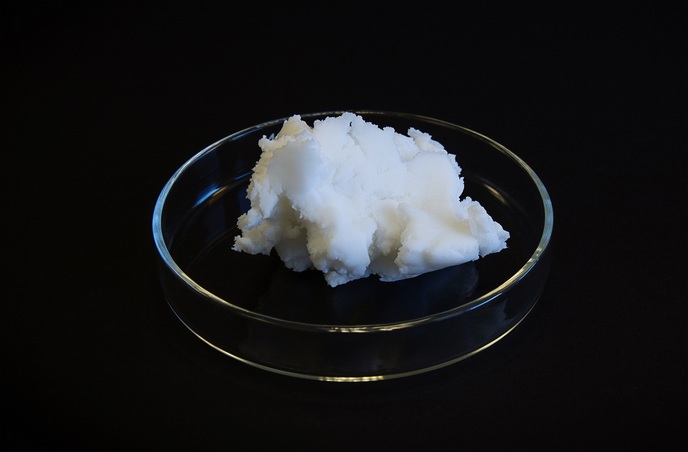Ultraclean carbon nanotubes: a key building block for carbon nanotube transistors
Carbon nanotubes (CNTs) are miniature cylindrical structures made entirely of one-atom-thick sheets of carbon. After more than a decade of research, they have recently found their way into commercial products, primarily as structural reinforcements thanks to their outstanding strength. Their amazing and unique electrical properties have also made them the focus of intense research in nanoelectronics. However, exploitation requires precise knowledge and control of those properties. EU-funded scientists working on the project 'Doped semiconductor contacts for low resistance contacts to carbon nanotubes' (CNTCONTACT) addressed several important issues through development of building blocks for CNT field-effect transistors. Researchers successfully addressed a key challenge to obtaining pristine CNTs at the end of processing. CNT exposure to harsh treatments and chemicals during transistor fabrication was avoided by growing CNTs at the last step unlike conventional process flows. CNTs were coated with an ultrathin insulator as a protective layer to maintain CNTs defect free during further processing. In addition, scientists delivered an evaluation platform to assess post-processing and coating. Scientists demonstrated the capability for batch fabrication of up to a hundred transistor-like structures at the chip level. Wafer-level processing could yield thousands of transistors per run. CNTCONTACT created and demonstrated a process that delivers ultra-clean CNT transistor structures and technology to determine effects of processing on CNT structural and electrical properties. Application of these processes and tools are expected to provide major impetus to the rapid knowledge-based development and commercialisation of CNT-based electronics.







